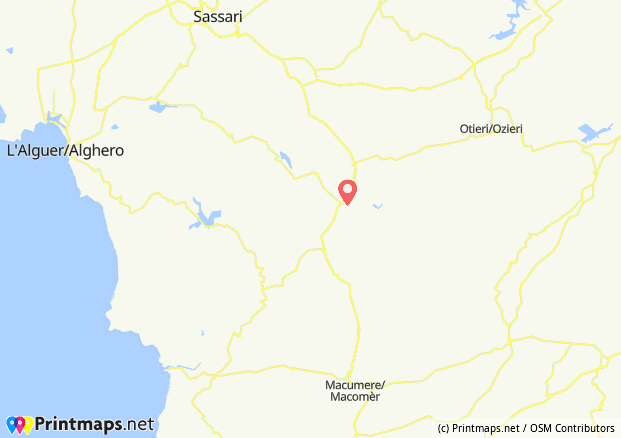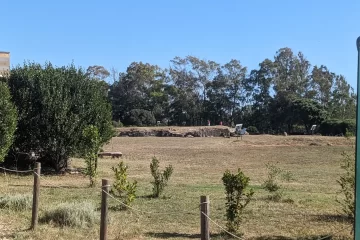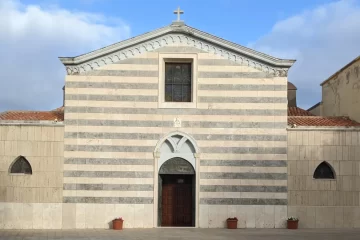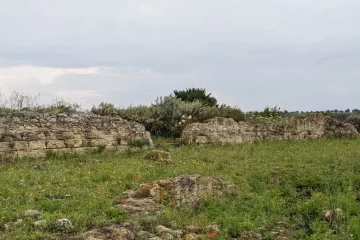This is our new journey in western Sardinia, in the area known as Nuraghi Valley. We can easily reach this place from the Cagliari–Sassari road (SS131). At the center of the valley there is a vast plain with many interesting historical sites…
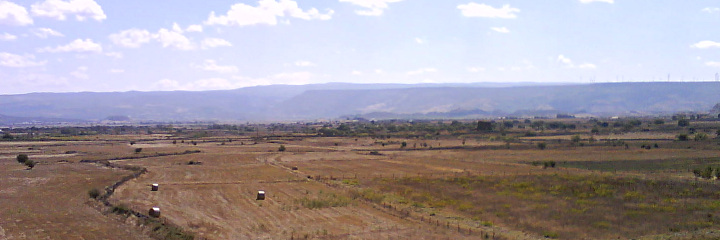
Our destination today, near Torralba, is the splendid Nuragic Palace of Santu Antine.
Torralba, village in the Nuraghi Valley
Torralba is a village in the middle of the valley, of no more than 1000 inhabitants. Despite the small dimensions, near this location there are several archaeological treasures: nuraghi, dolmens, domus de janas and even a giants’ tomb. The medieval and rural churches and the Nuraghi Valley Museum are also worth a visit.
Towards Santu Antine
We leave the village behind us, to reach the site of the nuragic palace of Santu Antine.
Here we can choose a guided tour or use a special application downloadable on smartphone and move independently by listening to explanations. Surely the first option is the best to receive more detailed information; anyway we prefer to use the app, having more time to observe and to take pictures. Then we walk on the path that leads to the structure, contemplating the elegant form from a distance.
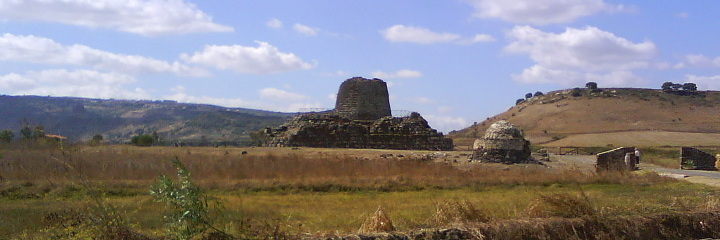
The construction is still great today; the central tower, almost 20 meters high, is the oldest part and dates back to the 15th century BC.. Together with the nuragic palace of Arrubiu (in Orroli, southern Sardinia), another impressive megalithic building from the Nuraghic era, the Santu Antine complex is one of the tallest buildings of the period, after the Egyptian pyramids; the original height probably was 24 meters.
Around the tower, a first imposing wall has been added, with a triangular plan, and three smaller towers at the corners.
As we approach, we observe with amazement the colossal basalt blocks of the fortress, cleverly stacked. The mastery of the ancient builders is astonishing: they was able to achieve such a work thanks to the technique of dry stone walls.
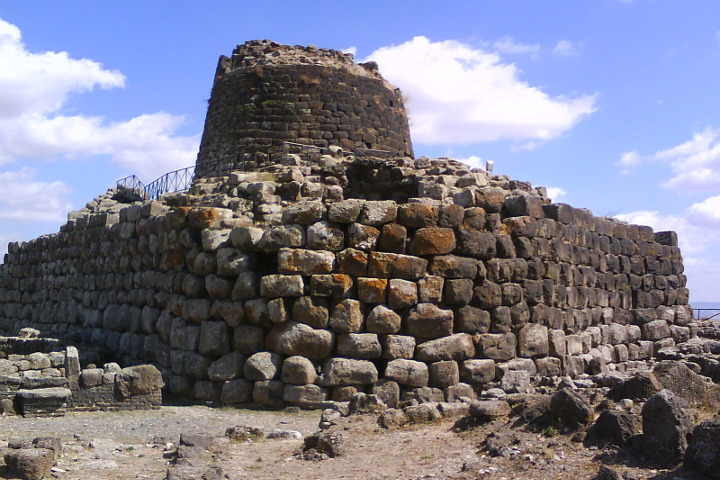
The outer wall
When we arrive a few steps from the building we realize that it is surrounded by the remains of the perimeter walls of other buildings; we recognize the circular bases of ancient nuraghic huts, similar to those surrounding other nuraghi (as we had seen in Palmavera). There are about fifteen, some large and others small, in which you can still appreciate stone seats or fireplaces.
There are also remains of buildings with a square plan, created by the ancient Romans in later times, using stones of the palace.
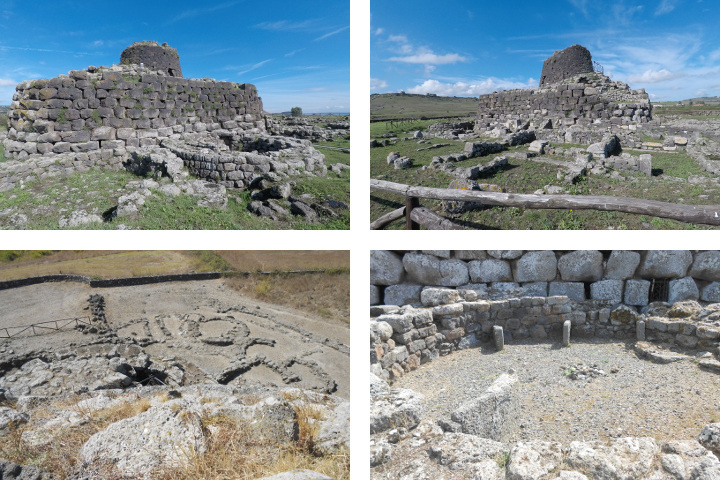
Unfortunately, as for the other nuraghe complexes, the wooden parts that made up the roofs of the huts have been lost, as well as the top of the central tower. We must therefore use a little imagination to try to reconstruct the original appearance of the structure!
Walking along the perimeter wall to the east, we reach the point of access to central building.
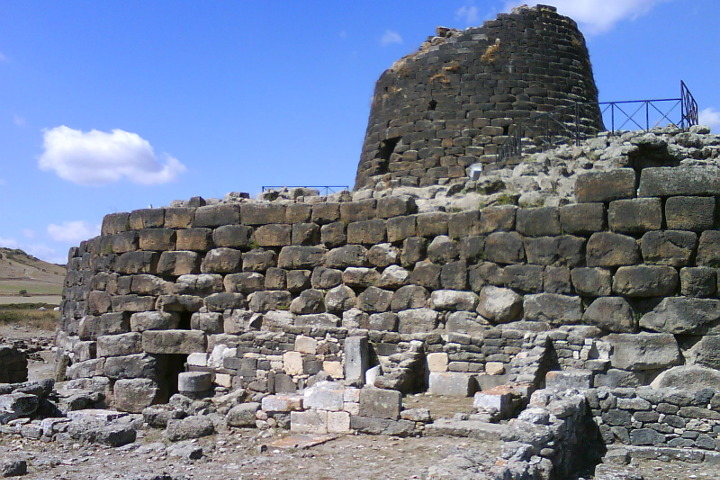
The central part of the nuragic palace
The portal allows us to pass the massive walls, reaching the internal space. In fact, the high walls enclose a large courtyard, on which several openings and passages overlook: in some of these we can also see some stairs. There is also a well here.
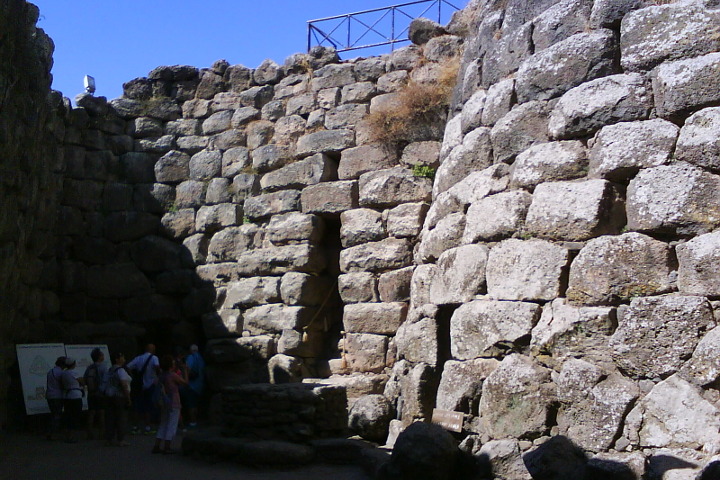
The side openings give access to beautiful corridors, almost intact, which allow us to follow a circular path inside the outer walls. So, we walk without hesitation to explore this areas. The walls are made of stones, smaller upwards to give stability to the structure; small slits allow the passage of daylight: the only “natural” lighting of the interior spaces. We are surrounded by stone and only the suggestive light of modern lamps, positioned on the floor, makes the path easy.
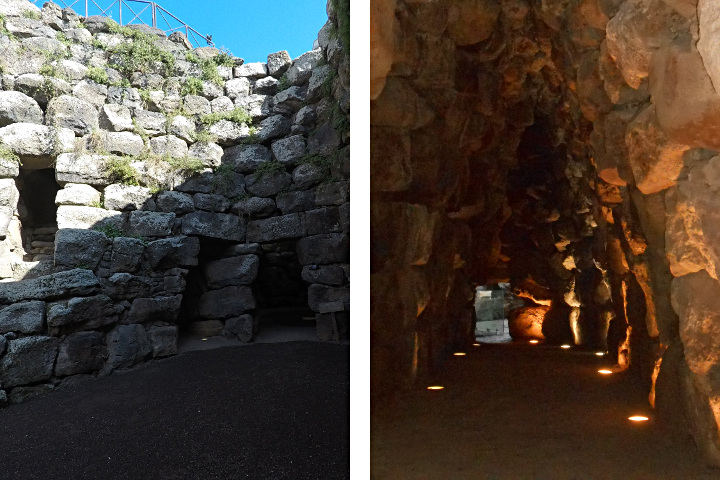
From the courtyard, other openings allow, through steep stairs, to access the two upper chambers and the walkways above the ramparts.
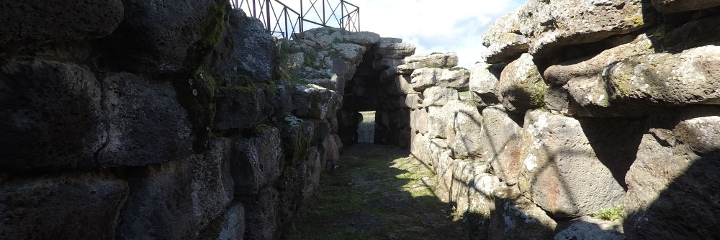
Perhaps the most spectacular part of the visit is the exploration of the main tower. Here we reach a large circular room on the ground floor and, thanks to the internal staircase, another large room on the first floor. Both have a “tholos” ceiling, characterized by the progressive reduction of the size of the stones up to converge to the dome in the center; there are still some niches and large stone seats.
The stairs go up again and lead us to the top of the tower… From here there’s an amazing view in all directions, on the plain and the surrounding hills.

The observation point is excellent and we also distinguish in the distance the shape of another nuraghe. It is no coincidence that this is known as the Nuraghi Valley!
